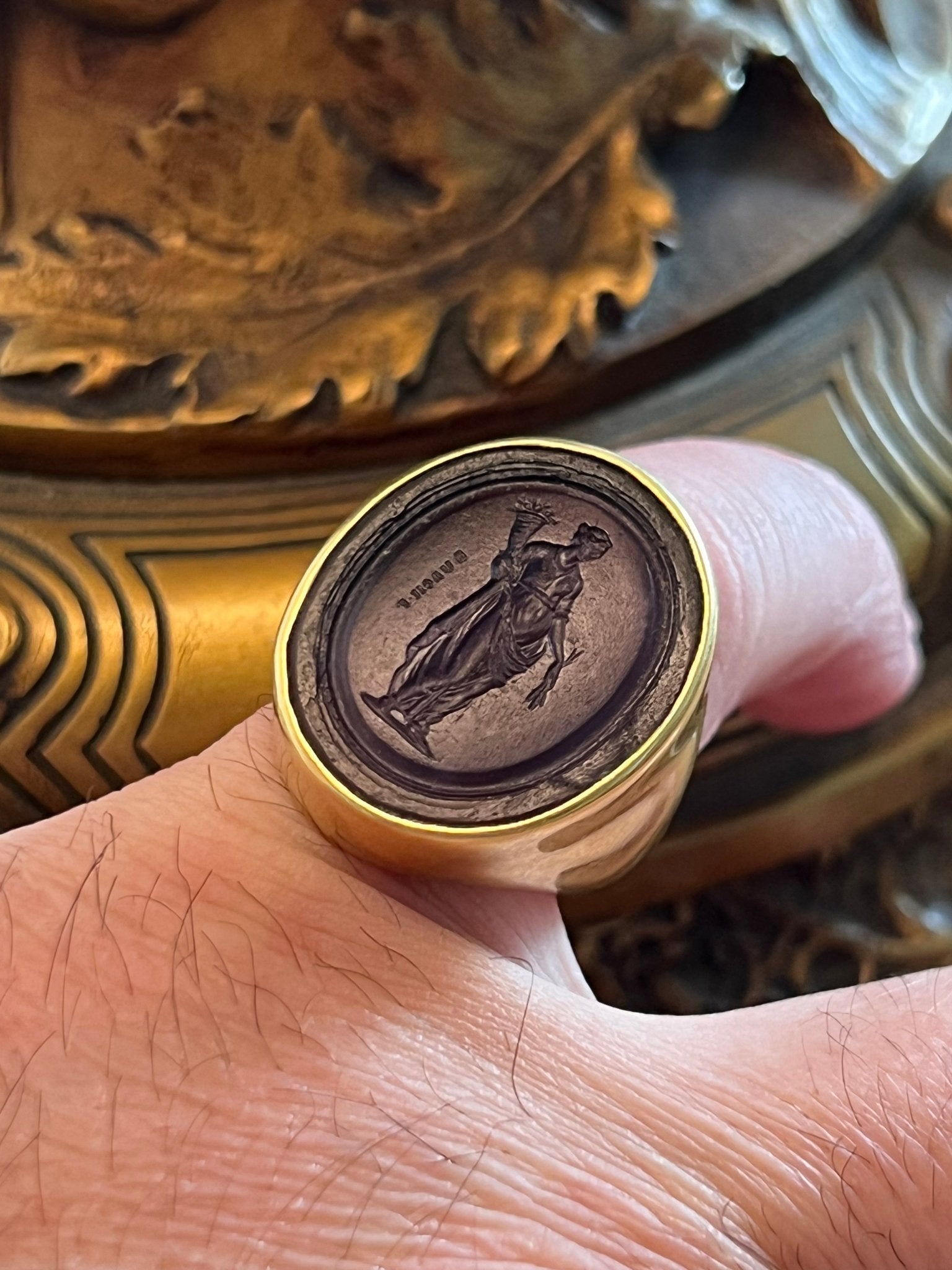Emilio Pucci: The Italian Designer Known As "The Prince Of Prints"
Emilio Pucci made his unexpected debut in the fashion industry in 1947, creating a revolutionary ski suit, immortalized on the slopes of Zermatt for Harper's Bazaar.
Born in 1914 into one of the oldest Florentine families, Marquis Emilio Pucci became a fashion prodigy in the 1950s thanks to a pioneering vision whose echo resonates today.
Shortly after his debut, he opened his first boutique in Capri dedicated to simple but tasteful clothing, which reflected the carefree soul of the island and its sunny and bright colors.
Later, his creations attracted the attention of world-famous female personalities such as Jackie Kennedy, Sophia Loren, Marilyn Monroe, Gloria Guinness, Madonna, and Nicole Kidman.
"Cheerfulness is one of the most important elements of fashion. And I get it with color," said Emilio Pucci.
Emilio Pucci Crowned "The Prince Of Prints"
The international fashion press did not remain indifferent to Emilio Pucci's creations, characterized by a bold and fascinating style, with a radical approach, so they crowned him "The Prince of Prints".
A strong influence in contemporary fashion, the Pucci tradition continues to be one of the main drivers of the birth of the "Made in Italy" style and a milestone of sportswear in Italy.
In his creations, Emilio Pucci was inspired by exotic cultures and natural landscapes of the Mediterranean, using color in a peerless style, giving them a vibrant and bright palette.
In the 1950s he began to develop his emblematic prints: graphic, abstract, declined in a chromatic kaleidoscope. The organic shapes combined with the geometric motifs reproduce contemporary art forms but are inspired by everyday life: Sicilian mosaics, the heraldry of the Palio districts of Siena, and African motifs.
But Emilio Pucci did not use his talent as a designer only in the fashion world. He has had numerous projects in other fields such as creating futuristic uniforms for Braniff International Airlines, the Apollo 15 space mission logo, Rosenthal tableware, handmade bath towels, and wool rugs with the iconic Pucci motifs.


















